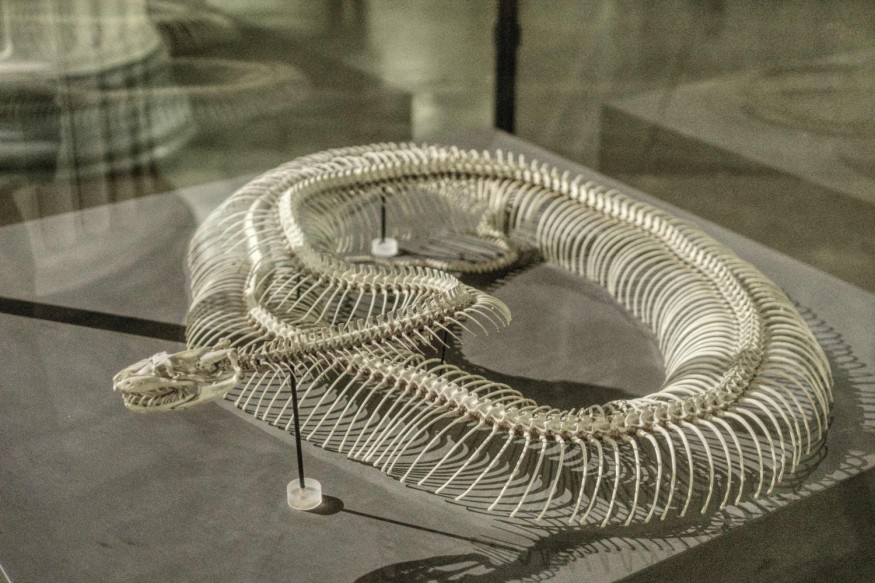
Since tetrapods started walking on land, their limbs have undergone several mutations that play a significant role in the evolution of terrestrial vertebrates. Over time, some animals lost their limbs despite it being useful for locomotion. Scientists have identified several major tetrapod lineages that display limb reduction that end up in total loss of limbs, such as the snakes.
In the new study, researchers found that reduced or lost limbs are associated with an extreme axial elongation that is best seen in snakes and caecilians. They believe this body plan is a shift in the locomotor environment since it allowed ancient animals to adapt to a variety of environments.
How Did Snakes Lose Their Limbs? Armless Fossil Shed Light on the Earliest Reptile That Evolved Without Legs
Armless Fossil Found in Illinois Shed Light on How Snakes Lost Their Limbs
A team of researchers from the Smithsonian National Museum of Natural History in Washington DC, led by Arjan Mann, found two armless fossils of an ancient animal in the rocks in Illinois, which are known among paleontologists to contain well-preserved remains of ancient animals.
Researchers called the animal Nagini mazonense, which now represents a new genus and species. According to the report in New Scientist, the ancient animal may have grown to be about 10 centimeters long and had a snake-like body but without forelimbs.
More so, the team noted in their study that the animal does not have the pectoral girdle or the bony structures that support the attachment of forelimbs to the body.
However, the new species have small but fully functioning hindlegs with four toes each. The team believes that the species could have lived 380 million years ago. They also found that its skeleton has impressions of soft tissue that suggests Nagini mazonense had a round snout and long body with 85 vertebrae and ribs. Although, there are no signs of soft tissue in the area where the forelimbs should be.
Could All Animals Become Limbless?
Rolf Zeller at the University of Basel in Switzerland said that modern snakes lost their pectoral girdle first about 170 million years ago. He emphasized the importance of the discovery and said that N. mazonense and other molgophids are not direct ancestors of snakes but sort of an early experimental lineage of reptiles.
Its discovery shows that apart from snakes and other lizards, vertebrates, including mammals and birds, may have the capacity to evolve into legless animals when they lose the associated genes.
Why Did Some Animals Lose Their Legs?
One conclusion that researchers formed as to why some animals, such as snakes, have lost their limbs are that the evolutionary serpentine pattern of losing forelimbs first may not be as rare among the amniote as scientists previously thought.
The Israeli newspaper Haaretz reported that the findings add to the information about the leglessness in ancient animals. Another theory as to why they may have evolved into limbless animals is for the preservation of the animal's vertebral column.
But researchers noted that limb loss is accompanied by elongation, as exemplified by snakes and caecilians. This could indicate that becoming limbless is a privilege that developed within their species but is not something that all tetrapods can become. It may have been their way of adapting to a variety of environments since it allowed them to burrow through sand and dirt to hunt.
The team published the full findings of their study, titled "Snake-like limb loss in a Carboniferous amniote," in the journal Nature Ecology & Evolution.
RELATED ARTICLE: Ancestral Gene Responsible For Tetrapod's Postaxial and Preaxial Limb Evolution Identified
Check out more news and information on Evolution in Science Times.










